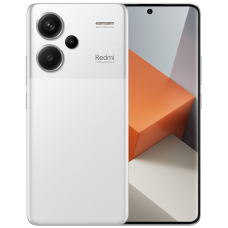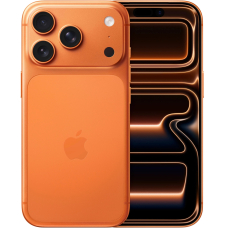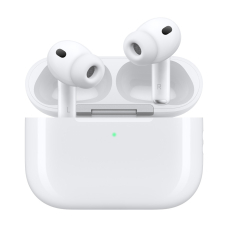Although the Redmi Note 13 series smartphones from Xiaomi are not called "flagship killers," they rank highly among mid-range smartphones on the market. It's essential to understand how good these models really are and the differences between the Pro+ and Pro versions. Let's take a detailed look at each model's features to see if they live up to their reputation.
Design
The smartphones share a similar appearance, with elegant and restrained matte-finish back panels. On the back of the Plus model, the top is divided into three parts: the first houses the cameras, the second contains the flash, and the third is dedicated to the series logo. In the purple model, each part is colored in a unique shade, while the black and white models are presented in more traditional tones.
The smartphone has a curved display paired with flat side edges, with a body thickness of 8.9 mm and a weight of 205 grams. The lack of a 3.5mm audio jack is compensated by the presence of a USB Type-C port.
Both devices support dual SIM cards; a memory card slot is only available in the base smartphone. The Pro model can withstand water splashes thanks to its IP54 protection rating, making it suitable for use in rainy weather. Meanwhile, the new model complies with the IP68 standard, providing complete waterproofing, allowing it to be used even underwater. The advanced model also comes with a heart rate sensor integrated into the fingerprint scanner.
Display
The screen characteristics of Xiaomi models differ mainly in shape: the predecessor is equipped with a flat display, while the new smartphone with the Plus suffix has curved edges. The flat screen is more convenient for installing screen protectors, while the curved display adds comfort in use and is more pleasant to the touch. Despite the differences, both smartphone versions are equipped with the same screens: 6.67-inch AMOLED panels provide high-resolution images of 2772 x 1220 pixels. These devices' displays feature a 120 Hz refresh rate, cover the full DCI-P3 color gamut, and support 12-bit color depth, allowing them to display up to 68 billion color shades. Such characteristics ensure excellent image quality, making them ideal for watching videos and editing photos.
The screens of these devices are strengthened with Gorilla Glass Victus and feature eye protection technologies. The devices offer brightness adjustment with 16,000 different levels and use PWM dimming at 1920 Hz for comfortable viewing.
Both models support HDR 10+ and Dolby Vision, which significantly enhances the visual experience.
Specifications
The new Pro+ smartphone is powered by the powerful MediaTek Dimensity 7200 Ultra processor, featuring two high-performance cores with a maximum frequency of 2.8 GHz and six auxiliary cores running at 2 GHz. The processor, built on advanced 4nm technology, ensures high energy efficiency and low heat generation. This allows the smartphone to easily handle demanding games at high graphics settings while remaining cool during everyday tasks. The device is also suitable for photo and video editing, thanks to 12 GB of LPDDR5 RAM, expandable to 24 GB.
Both smartphone models are equipped with 5,000 mAh batteries, capable of providing up to 19 hours of video playback.
Camera
The Pro+ gadget is equipped with the same camera system with electronic and optical stabilization as the Pro version. The smartphone's main camera features a 200-megapixel sensor from Samsung that supports optical stabilization. It is paired with an 8 MP wide-angle Sony lens, a 16 MP OmniVision front camera, and a 2 MP macro module for close-up shots.
The front cameras deliver average image quality and differ in color rendering. The junior version tends to warm tones and may distort colors (for example, perceiving a blue sweatshirt as turquoise), while the Pro+ tends to darken shadow areas.
The maximum video recording resolution has been increased to 4K at 30 fps.
Both smartphones are well-suited for photo and video shooting thanks to their high resolution and the wide aperture of the main camera.





 0
0





 0
0





 0
0





 0
0

























